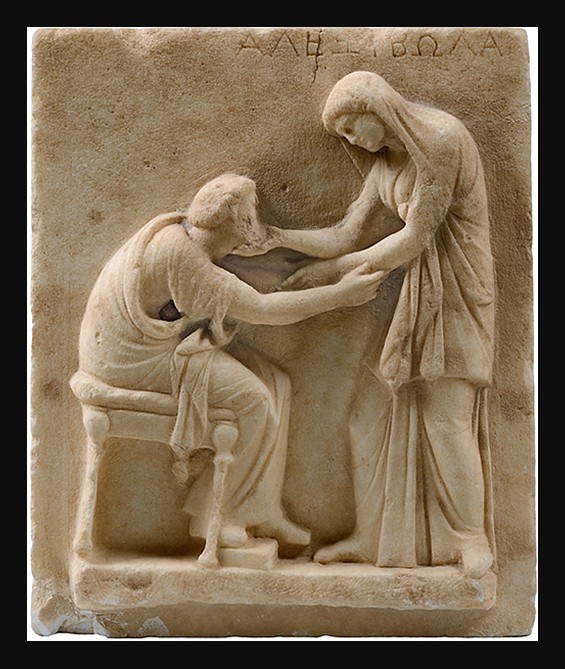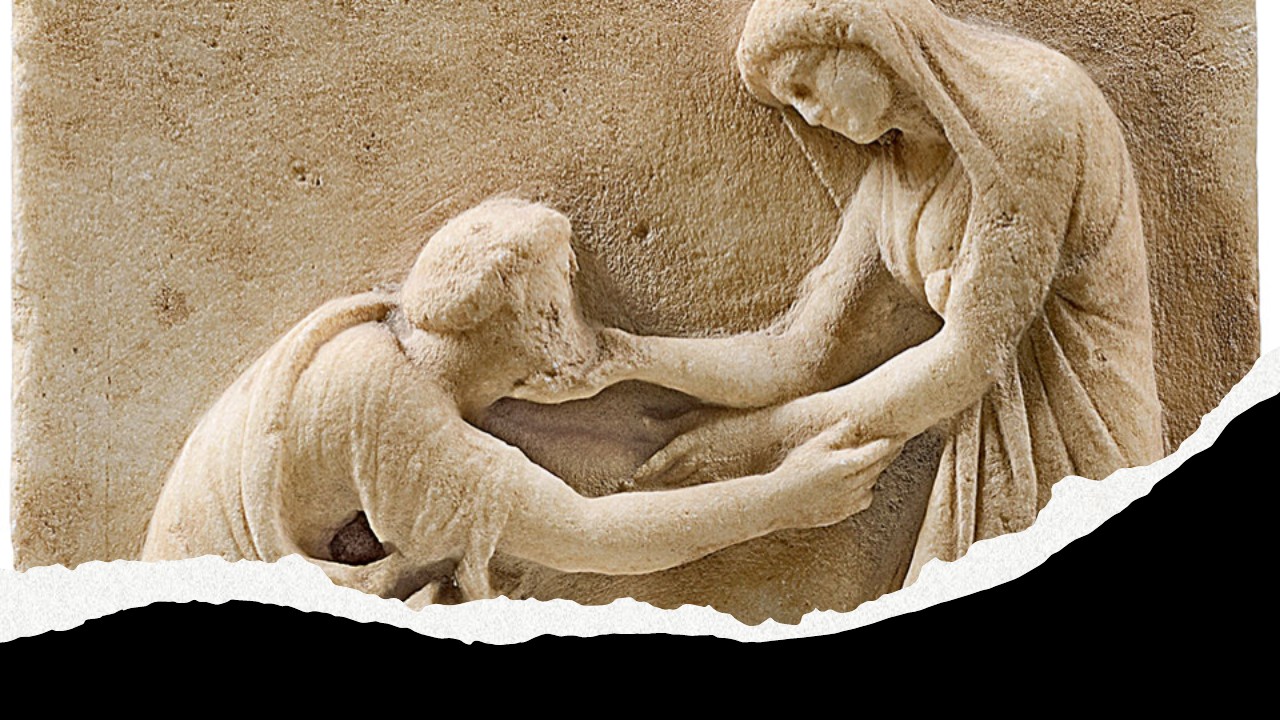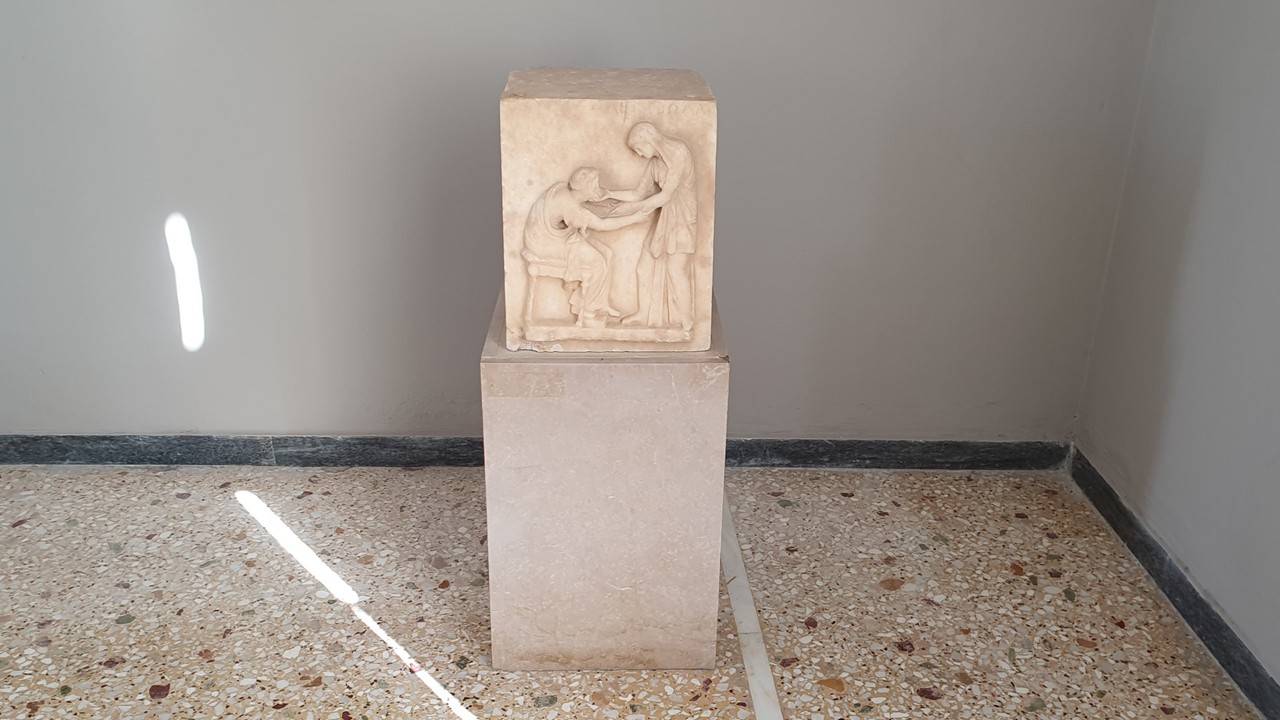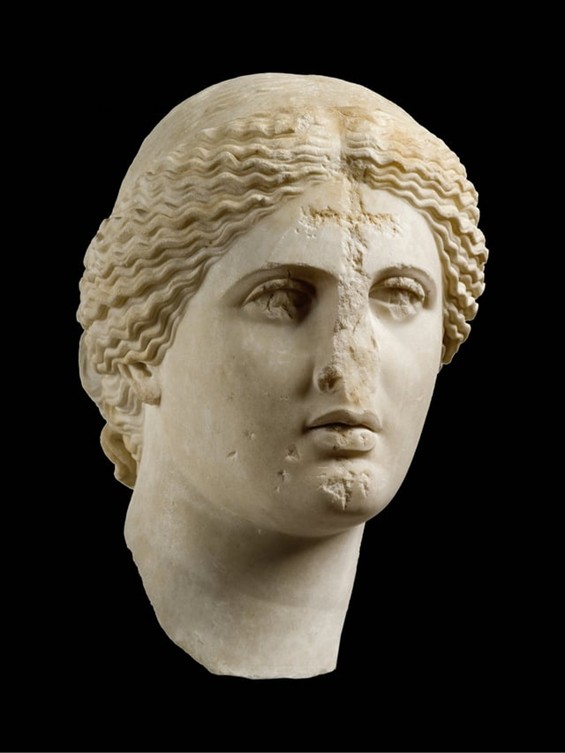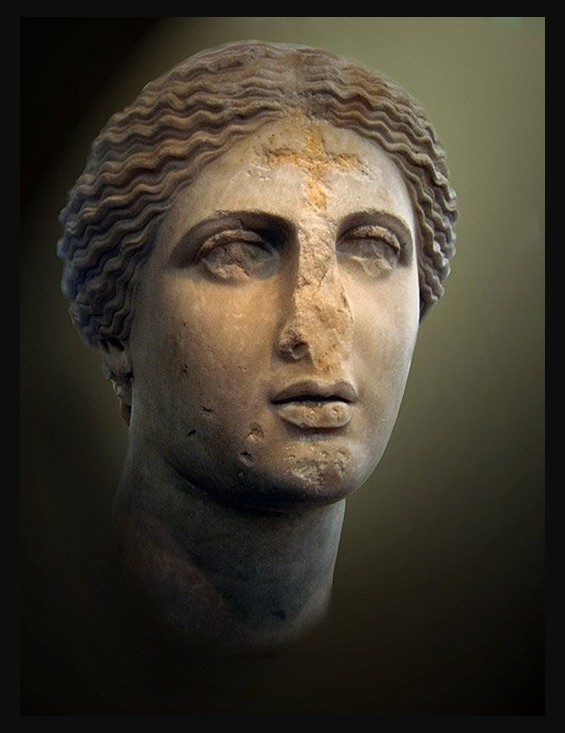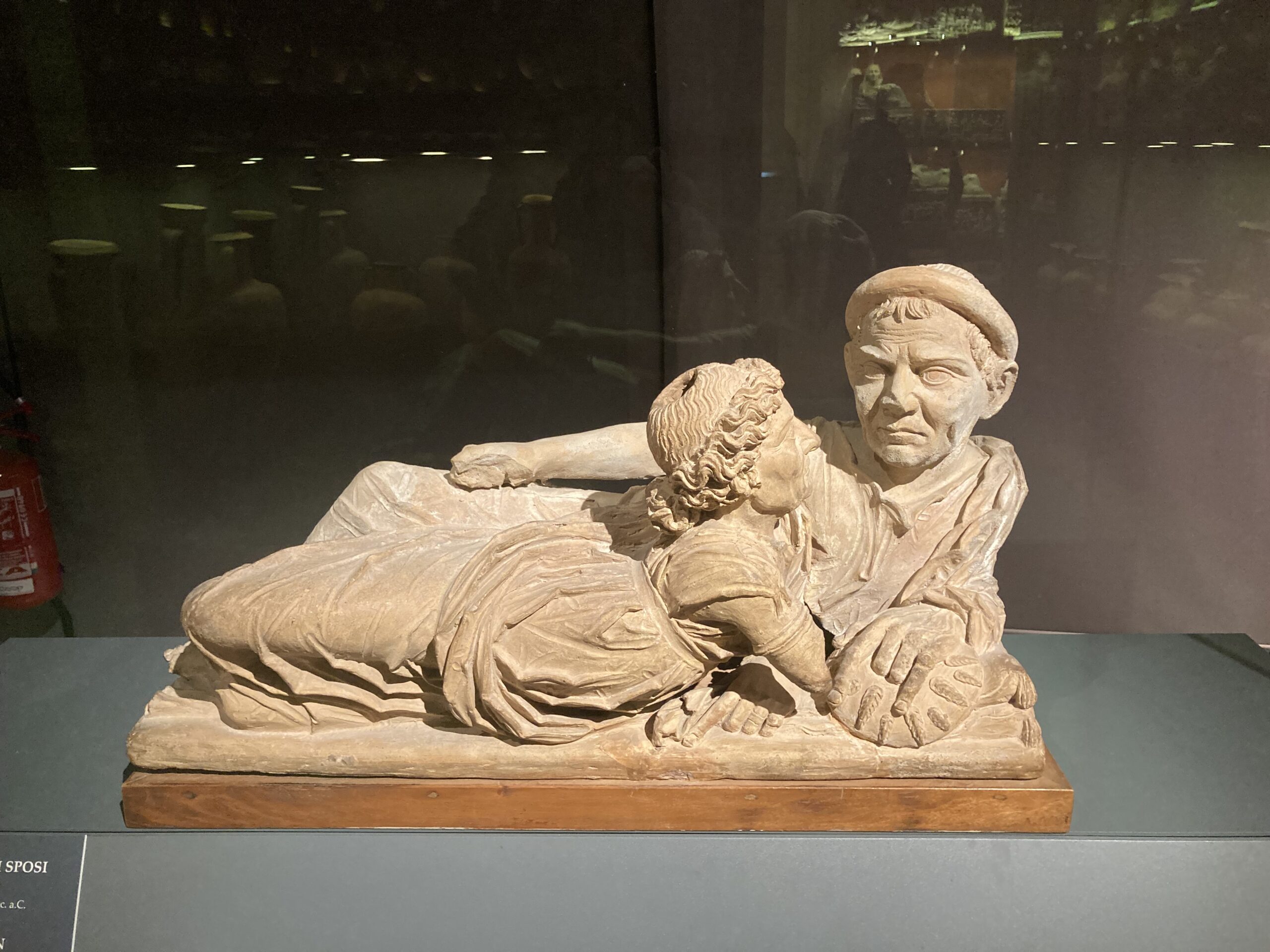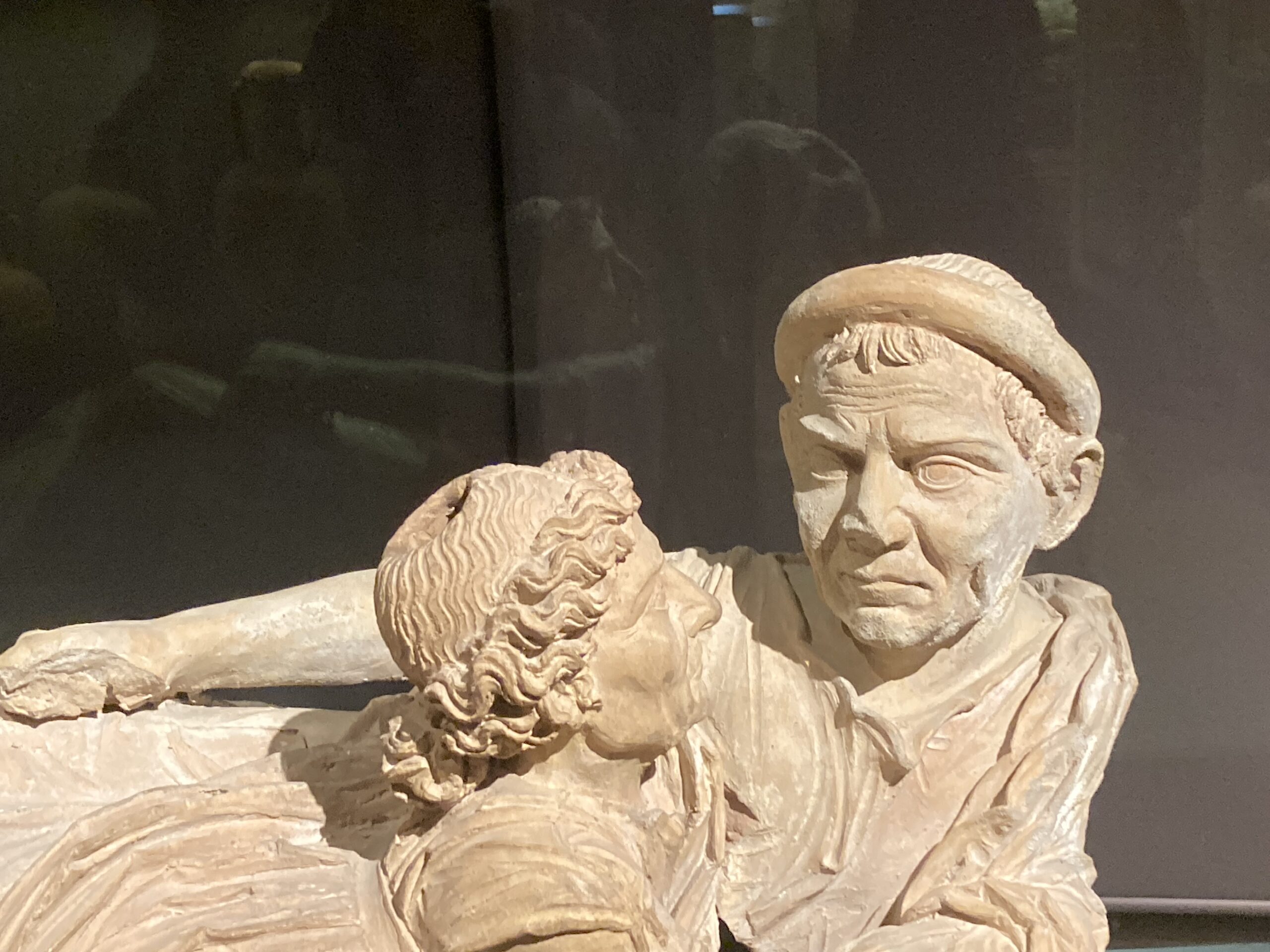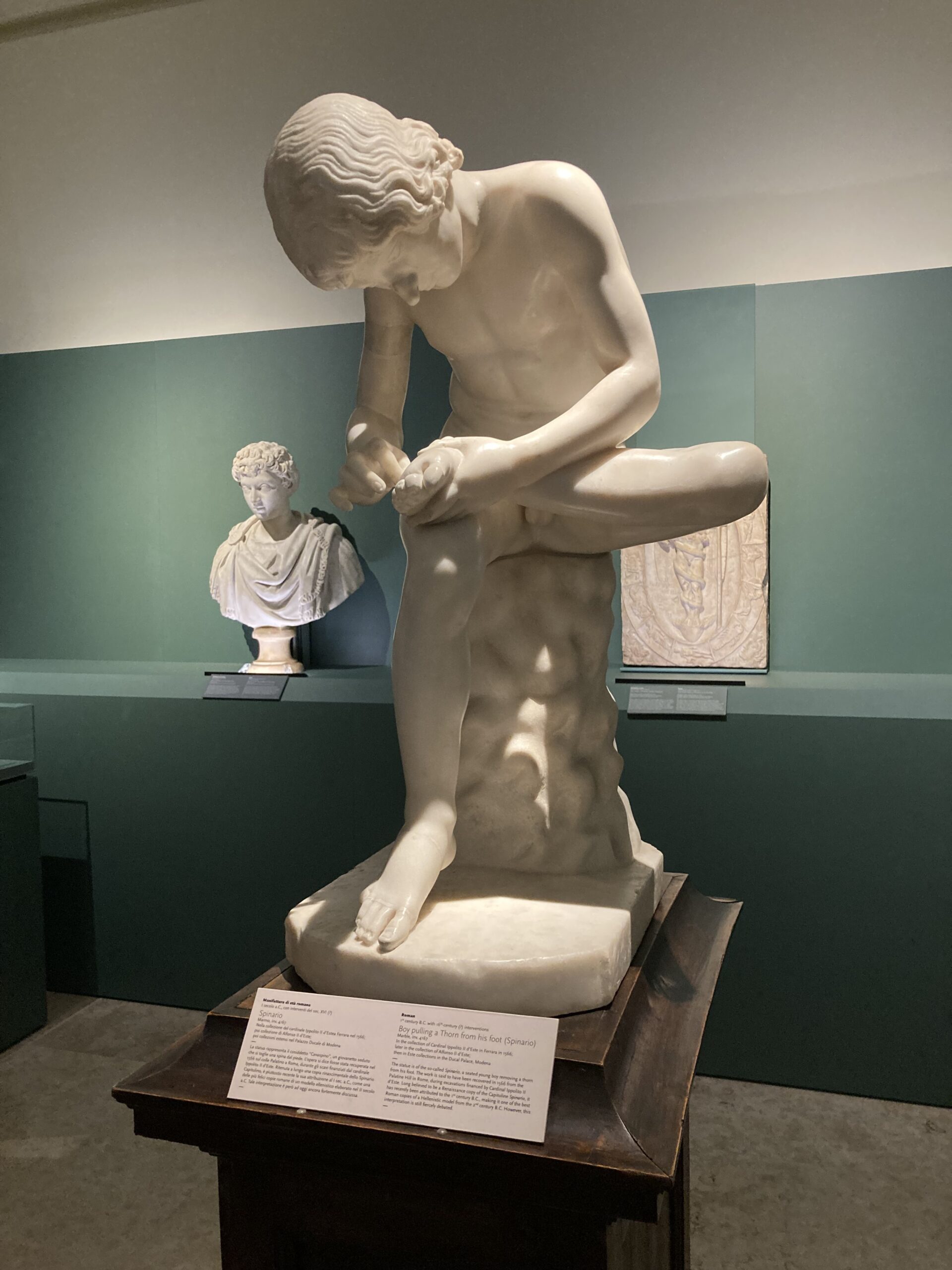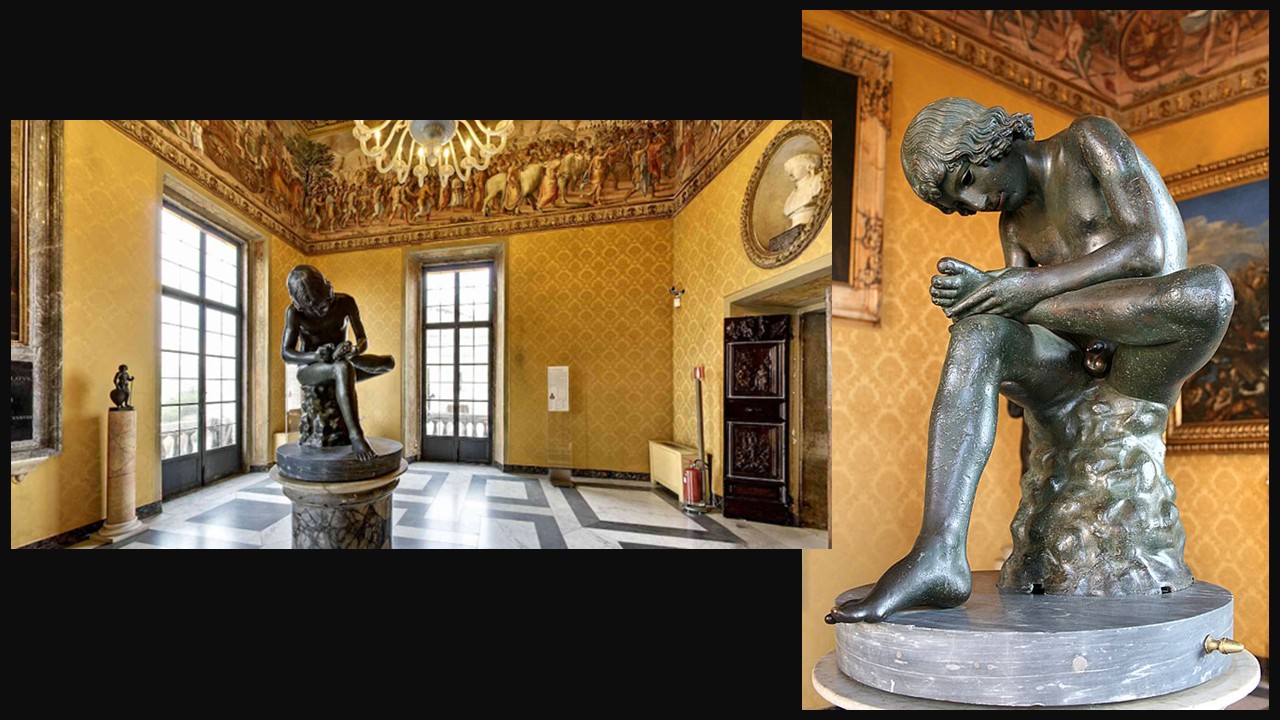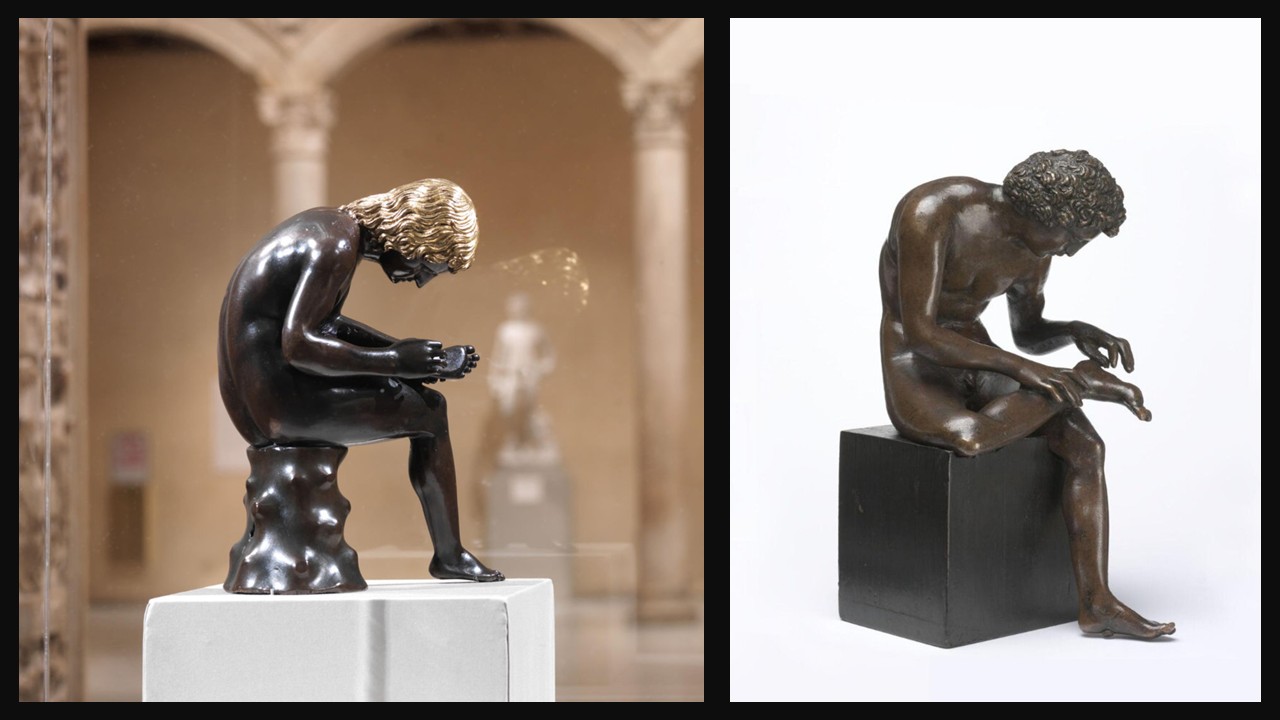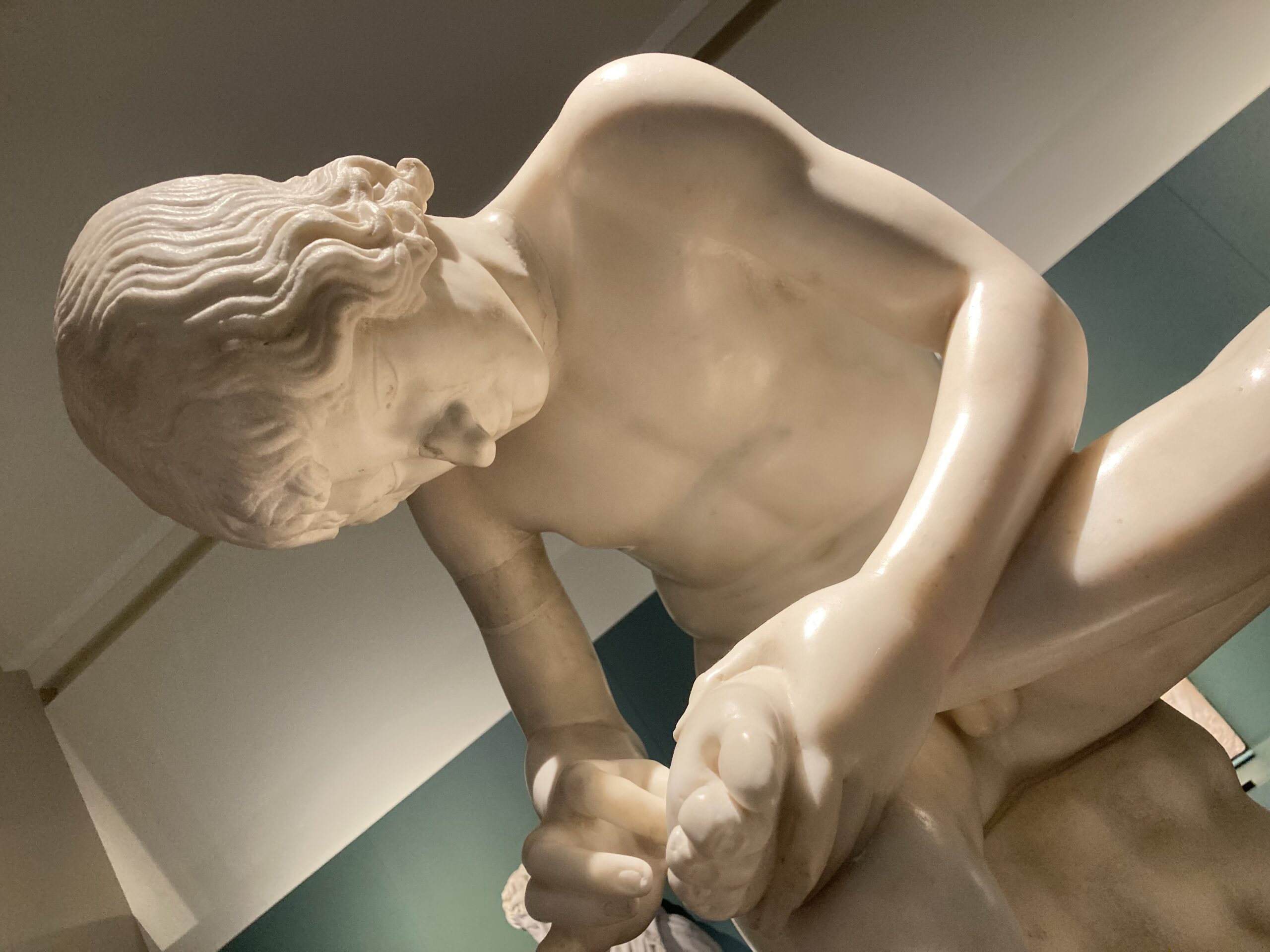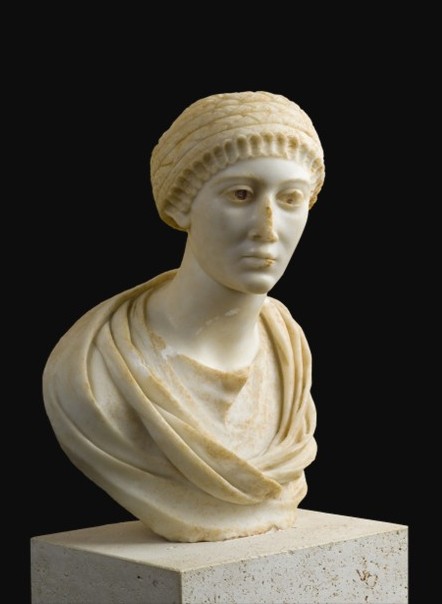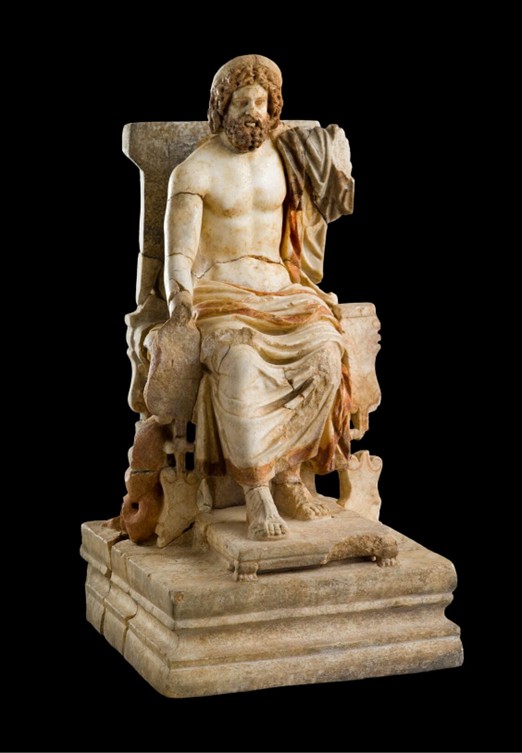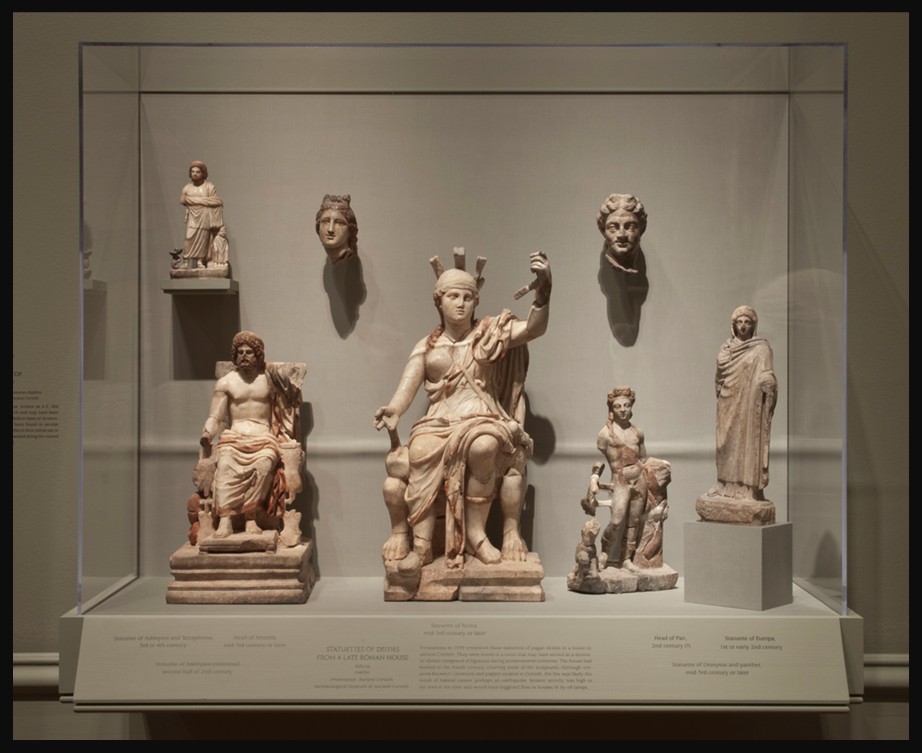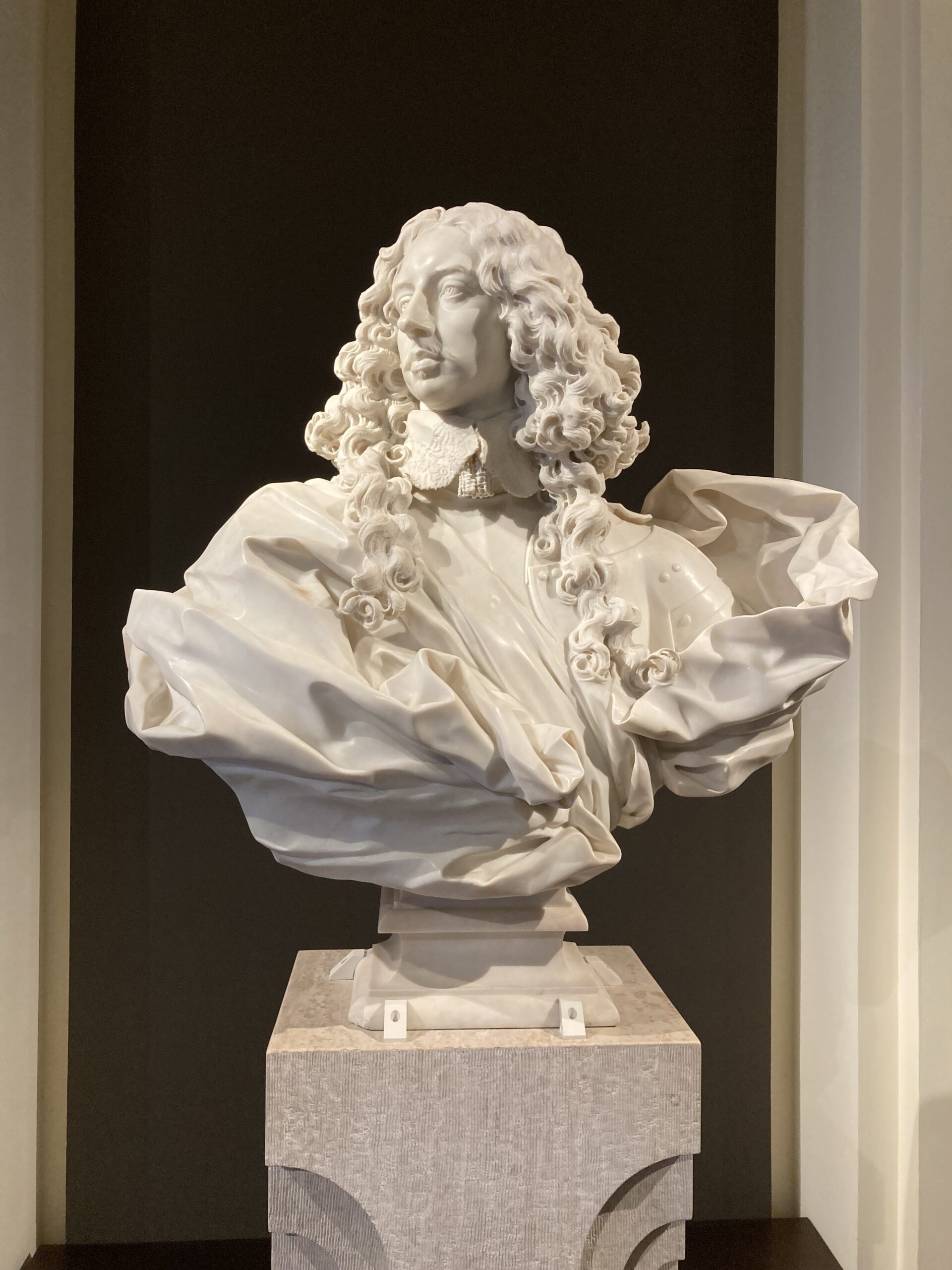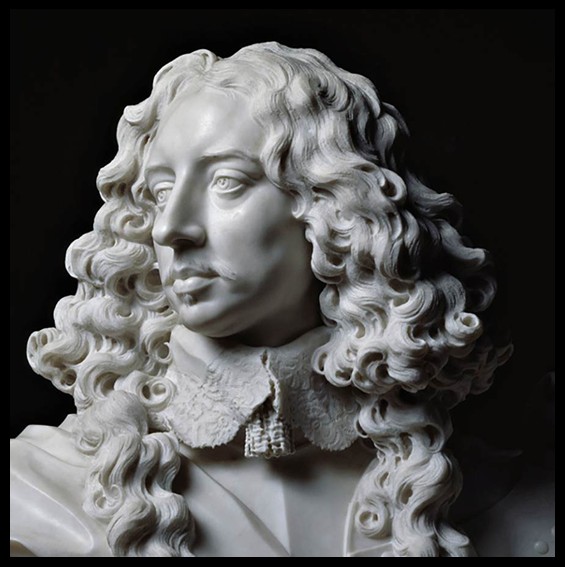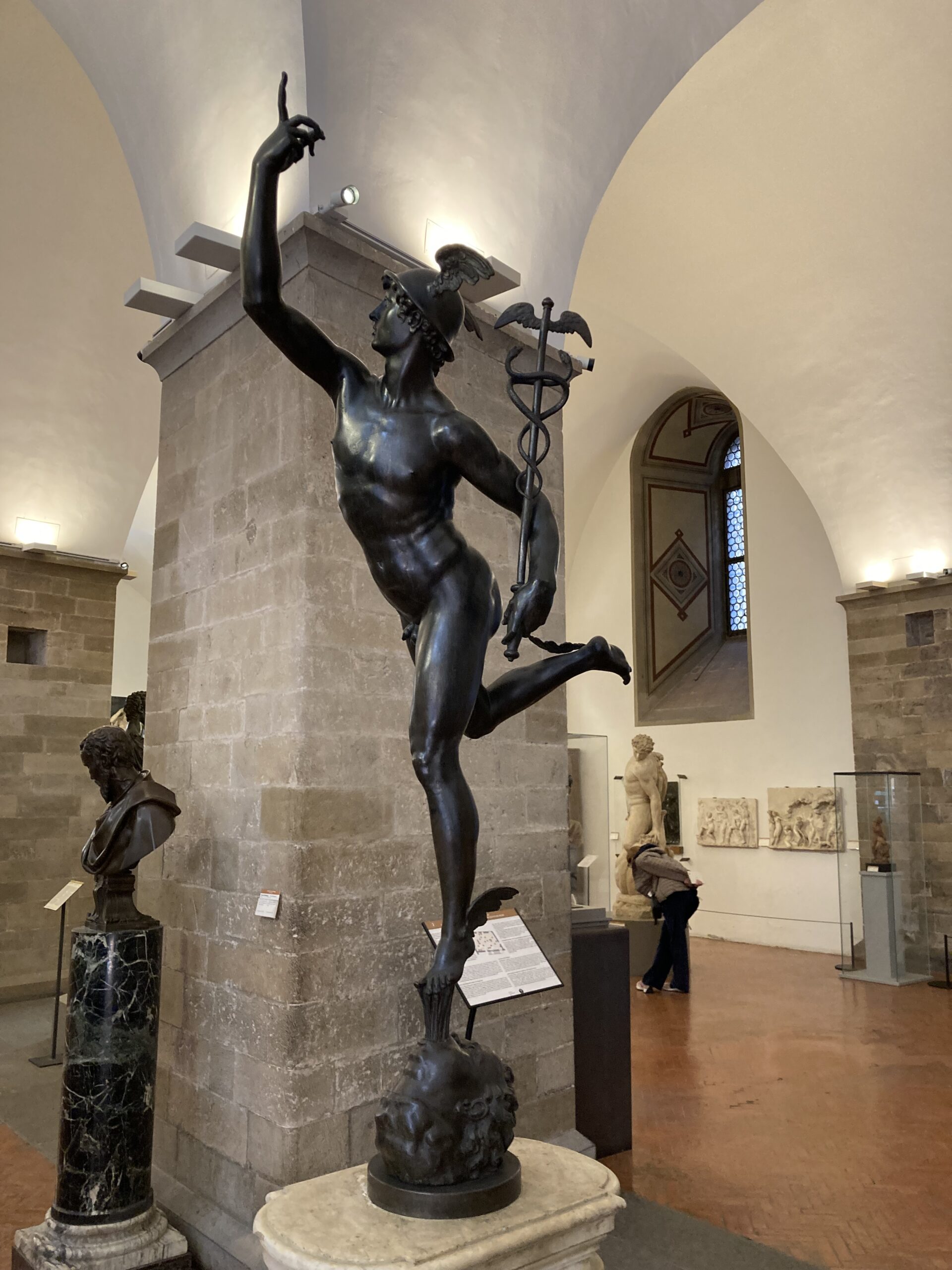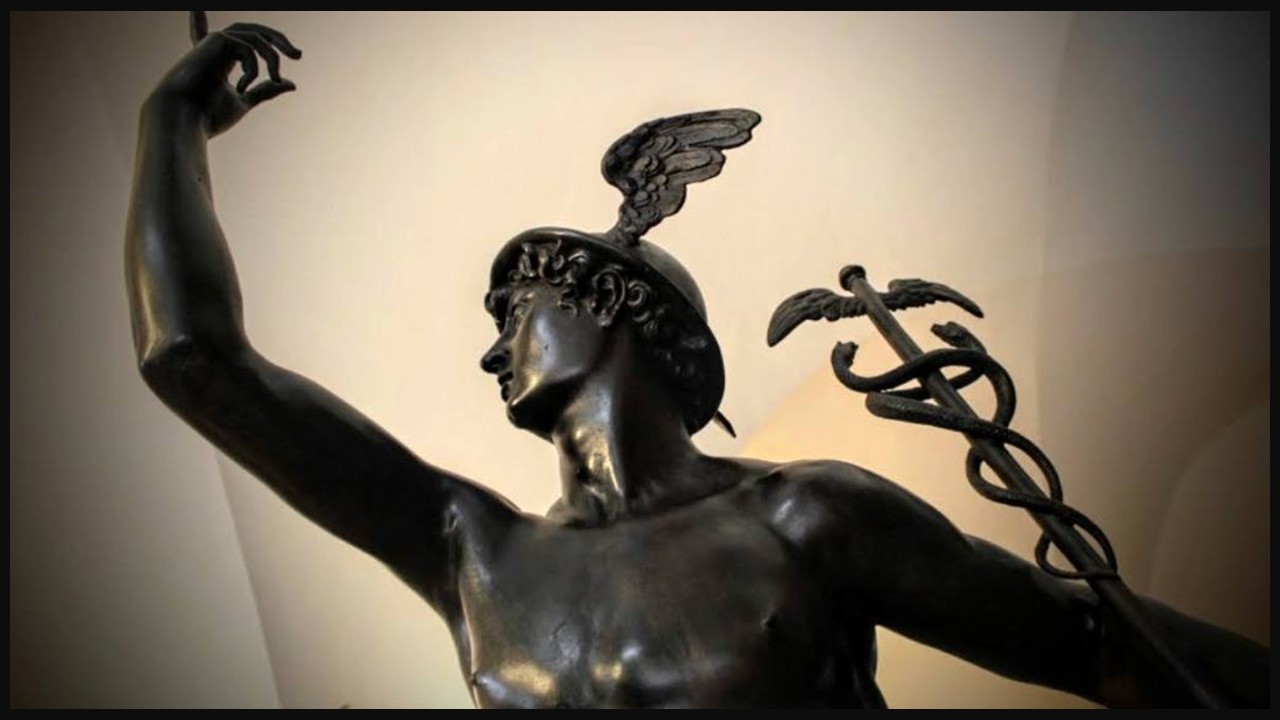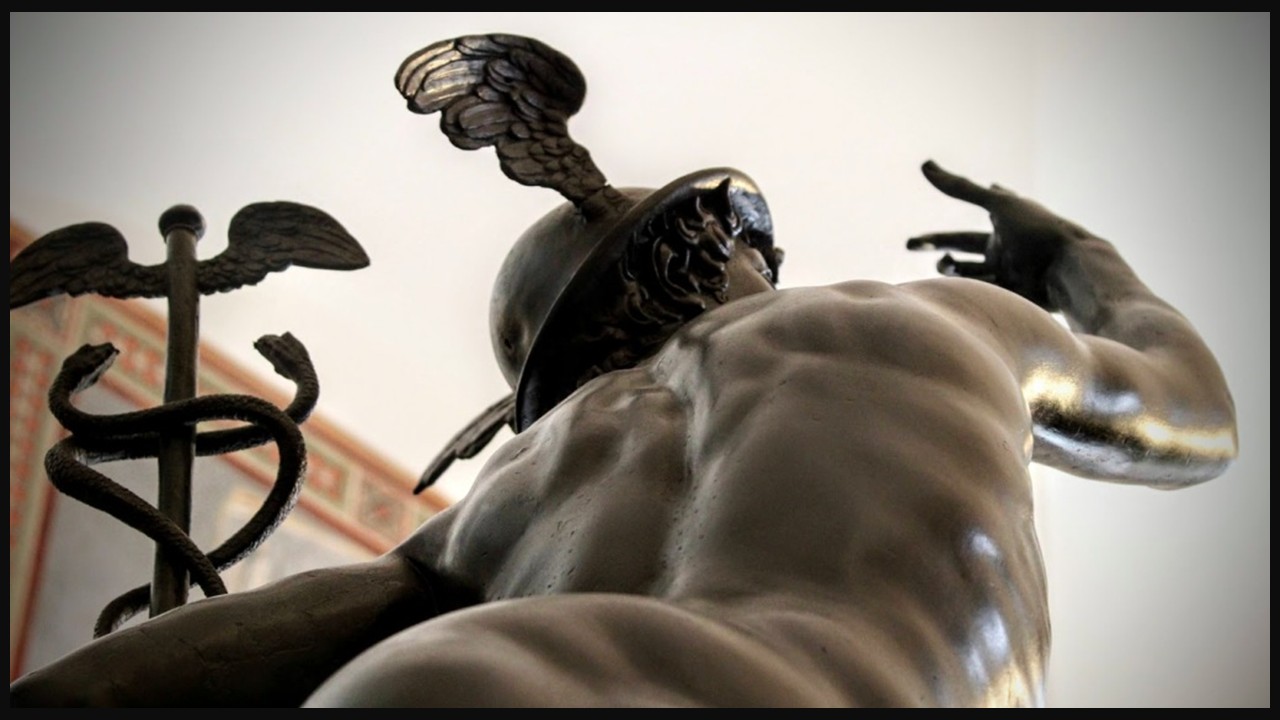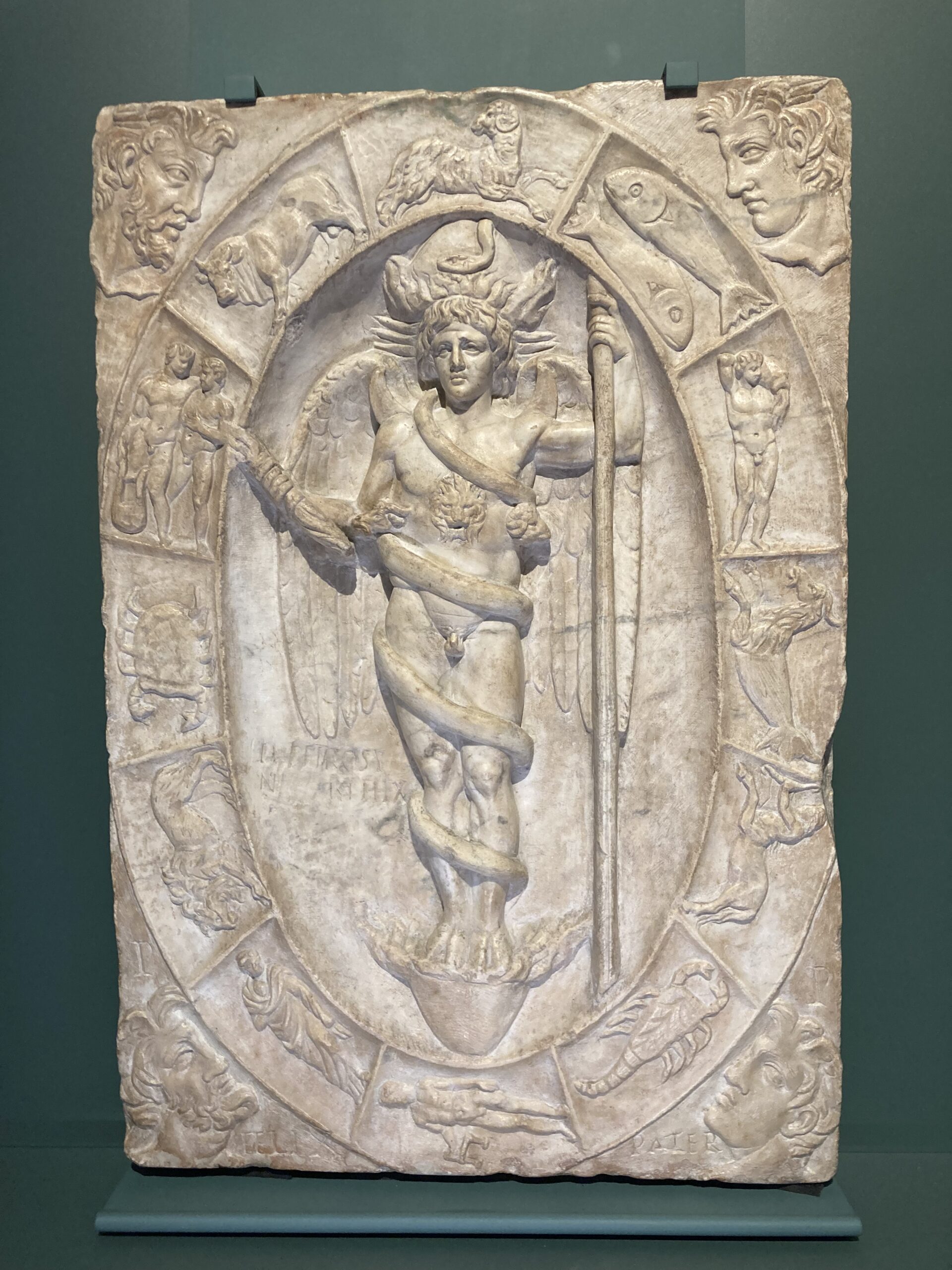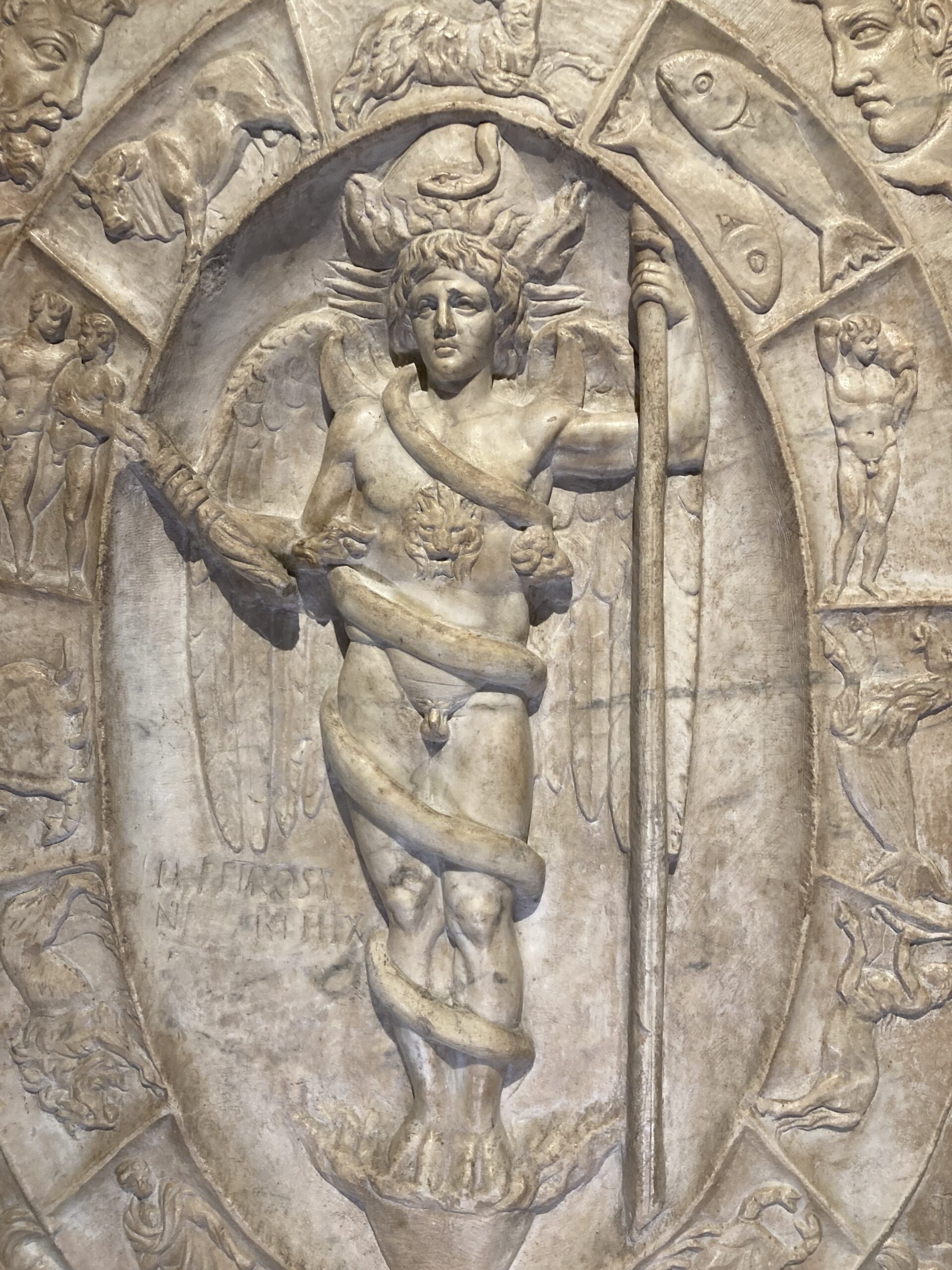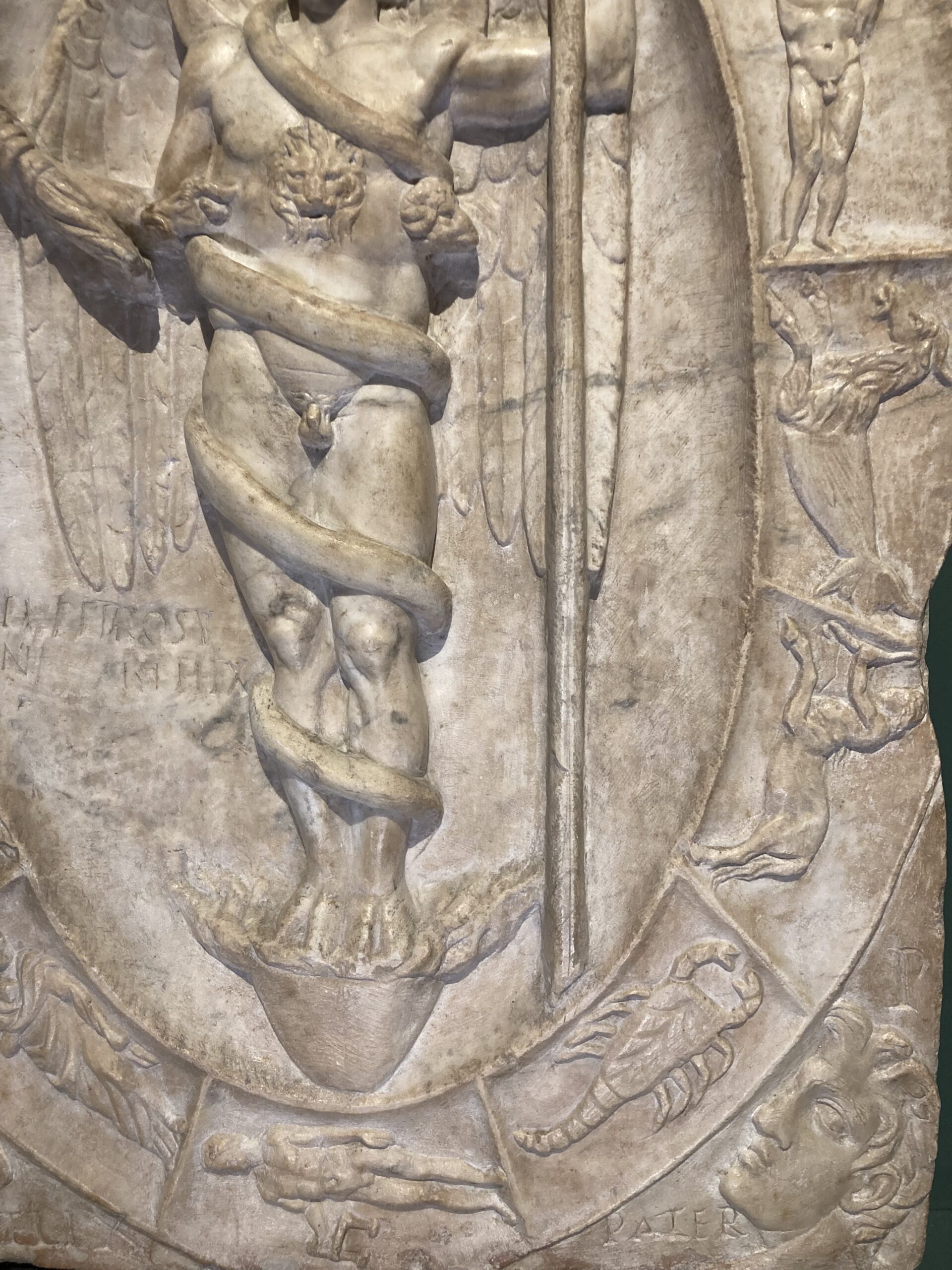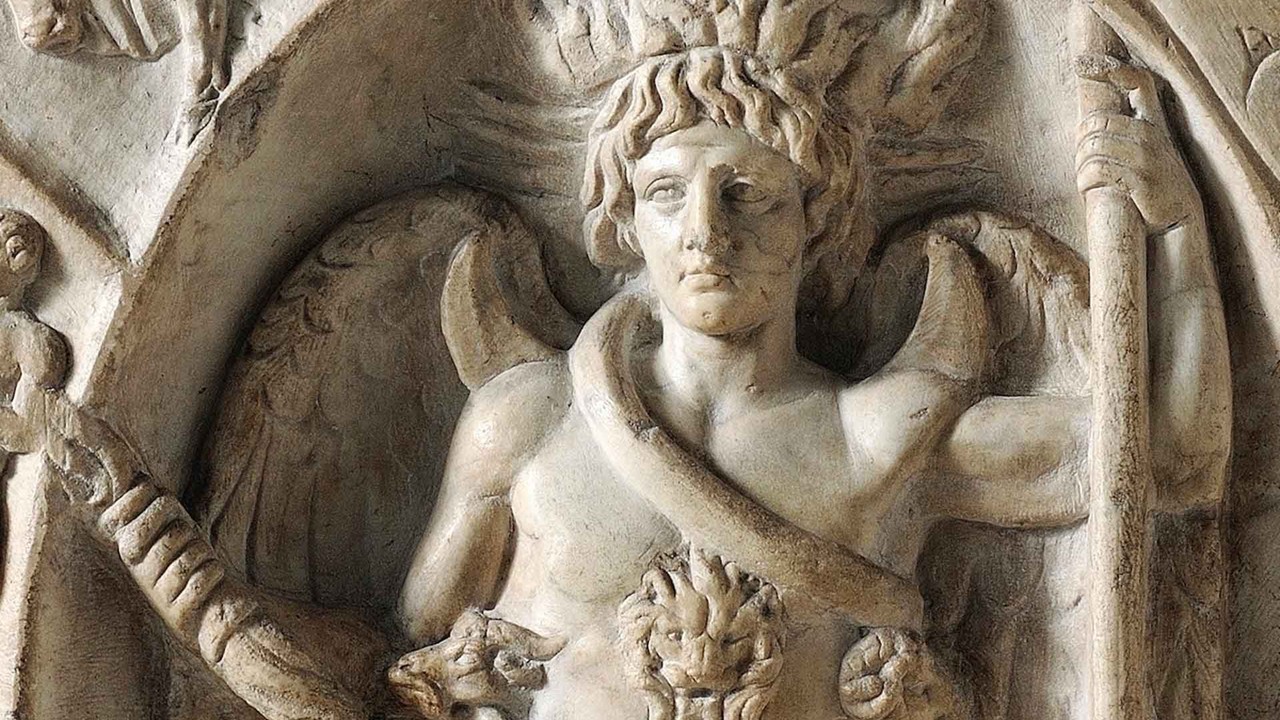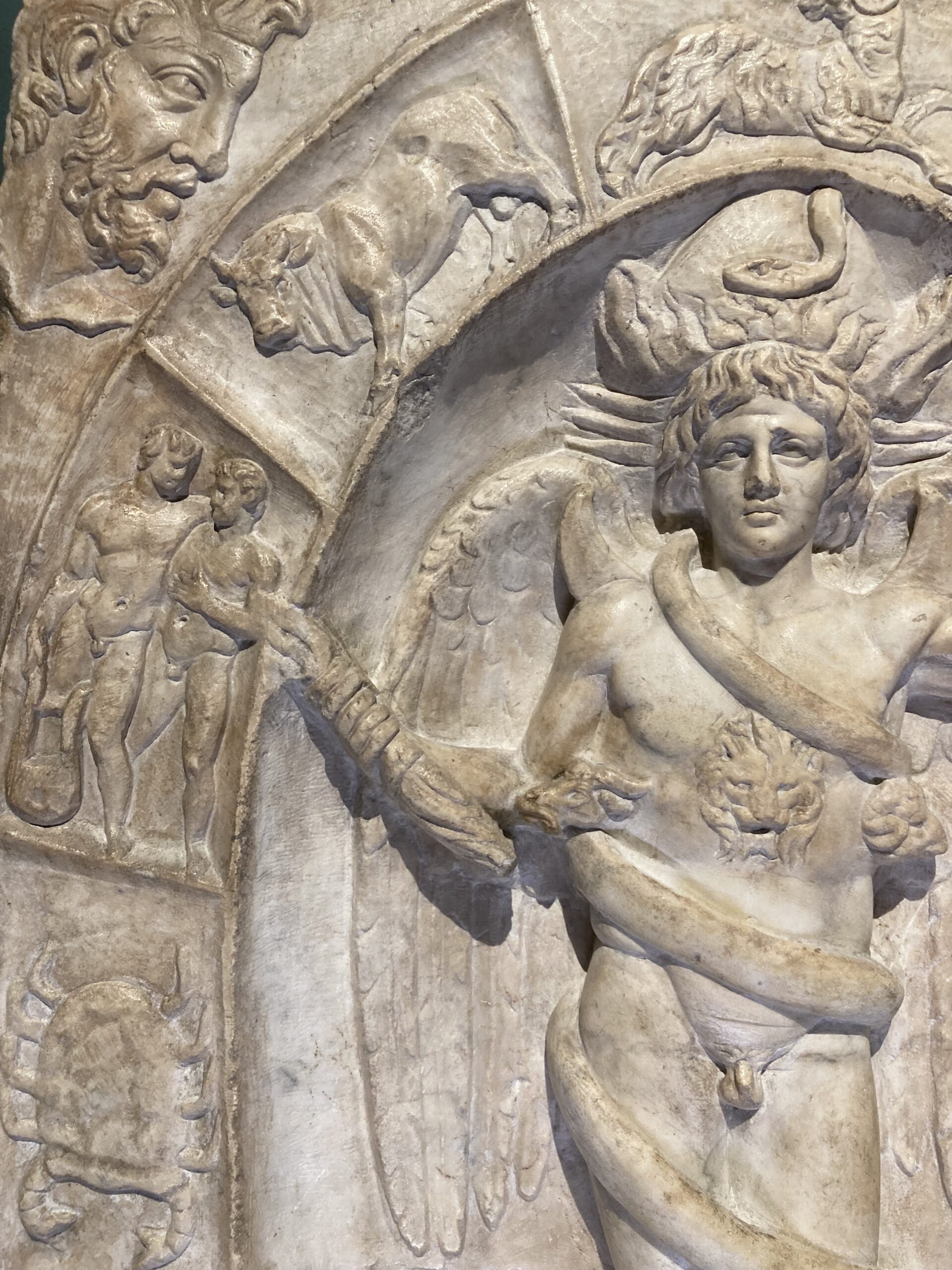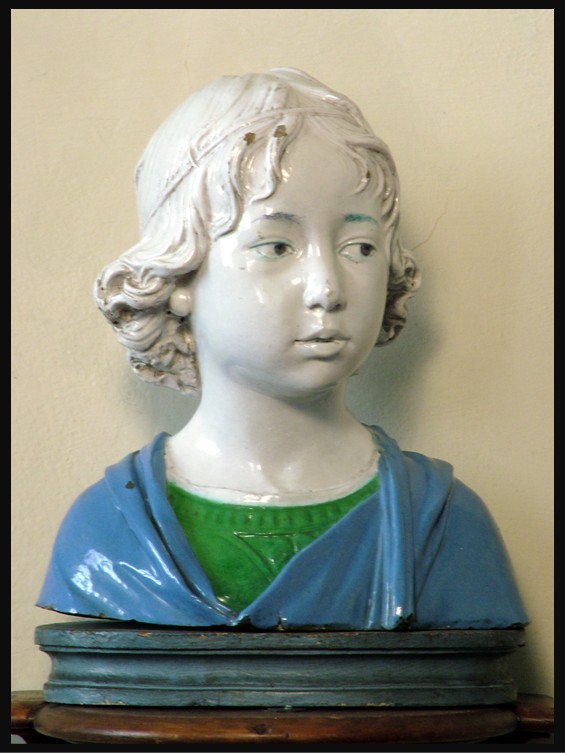
Portrait of a Child, ca 1475 – ca 1480, Glazed Terracotta, Height: 34 cm, National Museum of Bargello, Florence, Italy – Photo Credit: Amalia Spiliakou, April 2025
To mark UN World Children’s Day on November 20, a celebration of children’s rights and their place at the heart of our shared humanity, it feels fitting to turn our attention to Andrea della Robbia’s tender Portrait of a Child, housed in Florence’s Bargello Museum. Crafted in the late 15th century, this glazed terracotta bust captures the purity and quiet dignity of childhood with remarkable grace. Della Robbia’s mastery of the terracotta invetriata technique lends the work its luminous surface and soft, lifelike expression, qualities that make the child’s gentle gaze as moving today as it was five centuries ago. This piece serves as both an artistic treasure and a timeless reminder of innocence, compassion, and the enduring importance of nurturing the young. https://www.un.org/en/observances/world-childrens-day
Andrea della Robbia (1435–1525) was a prominent Florentine sculptor and a key figure in the celebrated Della Robbia family workshop, renowned for its innovative glazed terracotta sculptures. The nephew of Luca della Robbia, who first perfected the family’s distinctive enamel technique, Andrea inherited both the workshop and his uncle’s passion for combining sculpture with color. Working in Renaissance Florence during a period of extraordinary artistic flourishing, he produced devotional works, portraits, and architectural reliefs that blended religious feeling with human warmth. His works adorned churches, hospitals, and cloisters throughout Tuscany, where his serene Madonnas and angelic figures became beloved symbols of faith and tenderness.
Andrea della Robbia’s artistic legacy lies in his refinement of the terracotta invetriata technique, a process that coated clay sculptures with brightly colored, tin-based glazes to achieve both durability and visual brilliance. This innovation, first pioneered by his uncle Luca, was transformed under Andrea’s hand into a sophisticated artistic language that united practicality, beauty, and devotion. His mastery of color and form allowed him to create works that combined the sculptural depth of relief with the vibrancy of painting, resulting in pieces that glowed with a sense of divine light. The luminous surfaces of his sculptures not only protected them from weathering but also made them accessible to a broader audience, adorning churches, hospitals, and civic spaces across Tuscany. Beyond technical achievement, Andrea infused his figures with spiritual purity and emotional tenderness, particularly visible in his serene Madonnas and the famous swaddled infants of the Ospedale degli Innocenti. Through his craftsmanship and sensitivity, he elevated glazed terracotta into one of the Renaissance’s most distinctive and enduring expressions of faith, compassion, and artistic innovation.
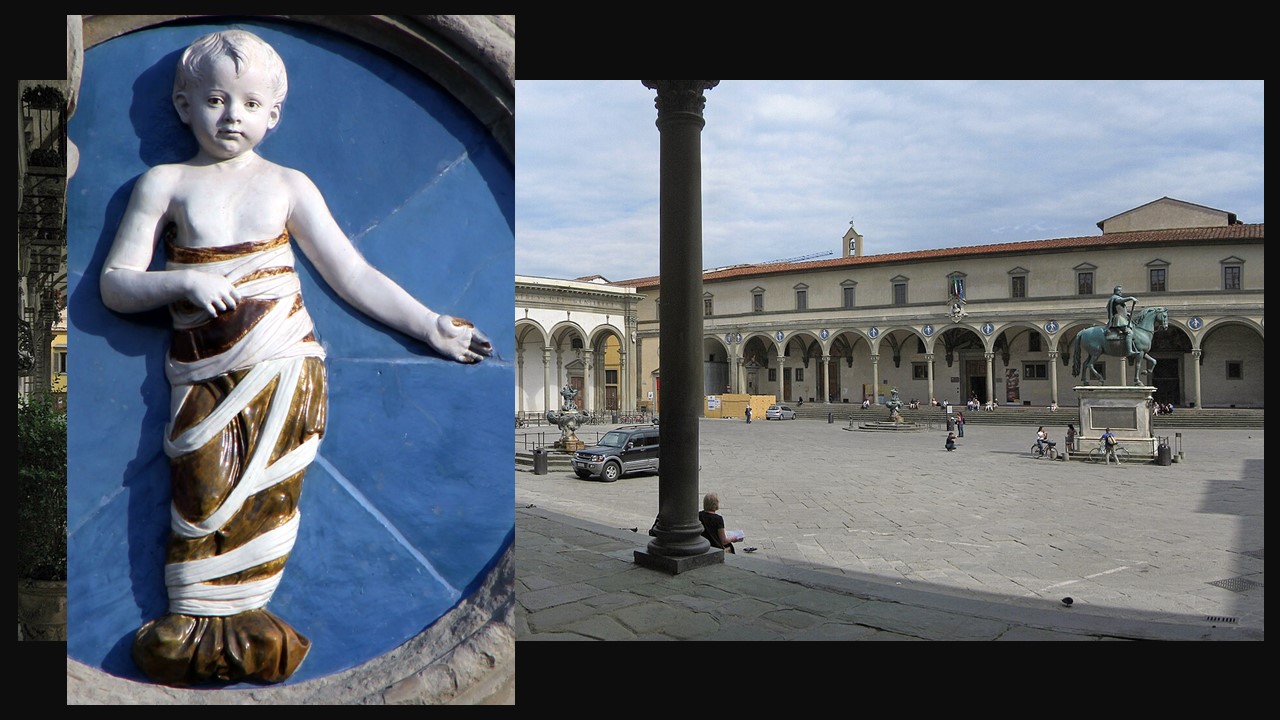
Spedale degli Innocenti, Construction: 1417-1436 – Inauguration: 1445, Piazza della Santissima Annunziata, Florence, Italy https://it.wikipedia.org/wiki/Spedale_degli_Innocenti
Andrea della Robbia, 1435-1525
Infant in Swaddling Clothes, 1487, Glazed Terracotta, Diameter about 100 cm, Ospedale degli Innocenti, Piazza della Santissima Annunziata, Florence, Italy https://smarthistory.org/andrea-della-robbia-bambini-ospedale-degli-innocenti/
Andrea della Robbia’s Head of a Boy, housed in the Bargello Museum in Florence, is a finely modeled glazed terracotta bust that captures the quiet grace and innocence of childhood. The sculpture portrays a young boy with softly curling hair, serene features, and a gentle, introspective expression. His head is slightly turned, lending the figure a sense of naturalism and presence, while the delicate modeling of the lips and eyes reflects Andrea’s remarkable sensitivity to human emotion. The figure’s clothing, rendered in vivid blue and green glazes, contrasts beautifully with the pure white of the face, emphasizing both the luminosity and purity that the invetriata technique made possible. This harmony of color and form, combined with the lifelike modeling, embodies the Renaissance ideal of blending spiritual serenity with human warmth. The piece radiates quiet dignity and emotional restraint, standing as a testament to Andrea della Robbia’s gift for transforming humble terracotta into art of transcendent beauty.
For a PowerPoint Presentation of Andrea della Robbia’s oeuvre, please… Check HERE!
For more information on Andrea della Robbia’s contribution to the Florentine Ospedale degli Innocenti, please visit the Teacher Curator’s Blog Post… https://www.teachercurator.com/art/spedale-degli-innocenti-in-florence/
Bibliography: https://catalogo.beniculturali.it/detail/HistoricOrArtisticProperty/0900383750 and https://wahooart.com/en/artists/andrea-della-robbia-en/ and chrome-extension://efaidnbmnnnibpcajpcglclefindmkaj/https://www.nga.gov/sites/default/files/2025-06/exhibition-della-robbia.pdf
